http://www.umn.edu/
612-625-5000
Design ◦ Print ◦ Mail ◦ Communicate
Printing Services
Printing Services provides complete video production and post-production services for short- to medium-length professionally-produced videos. Our video production team can shoot on location or in-studio with chroma screen (green screen) technology. Professional camera and audio equipment, 3-point or 5-point lighting, and various backdrops are available, and a full creative staff can produce University-branded static and motion graphics to help convey an accurate and engaging story.
Pre-production includes all of the planning and preparation for your video.
Production is all of the recording for interviews, b-roll, voiceover, etc. We typically send a two-person team for any video shoots that involve sound and lighting, such as interviews, instructional videos or testimonials.
Post-production is all of the editing of footage and creation of additional graphics for your video. This includes adding animated intros, lower thirds, animated graphics, adding photos, and so much more.
Our video team is here to help with as much or as little as you need. Whether it be part of your project or producing the entire project from start to finish, we are here to assist. View our video policy for more information.
The Printing Services’ video team is operating during Covid-19. However, we are taking several extra precautions, as well as providing unique solutions to assist with interviewing and recording remotely. Please feel free to reach out if you have questions.
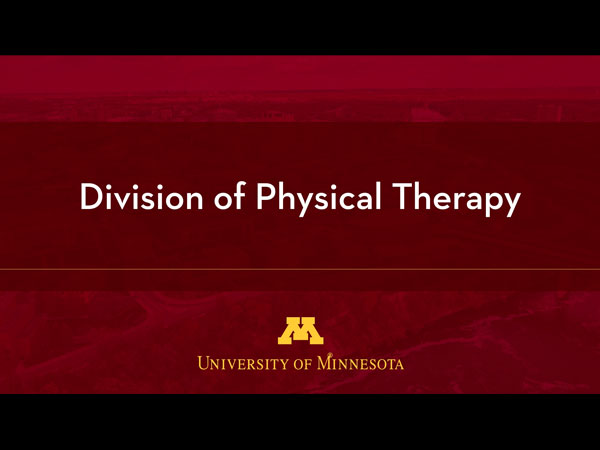
DPT Overview

Impact Surgery
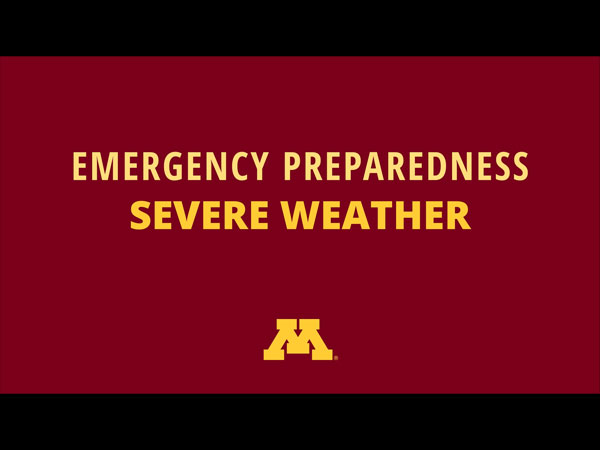
Severe Weather

Making Effective Referrals
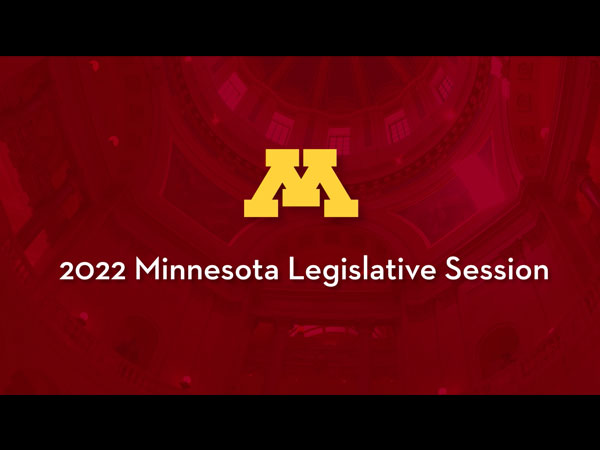
2022 Legislative Session Summary
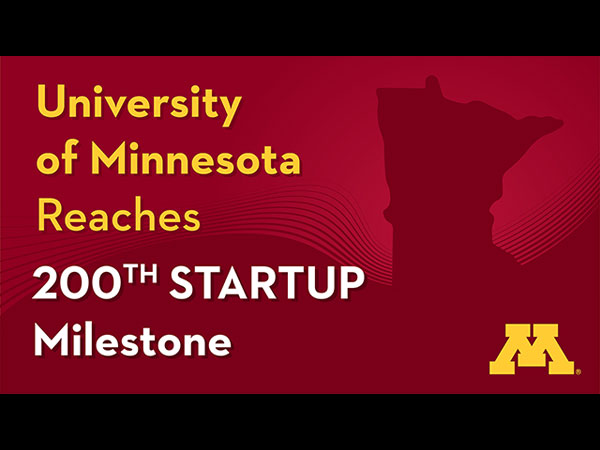
200th Startup

CCAPS MdS

Supply Chain Management
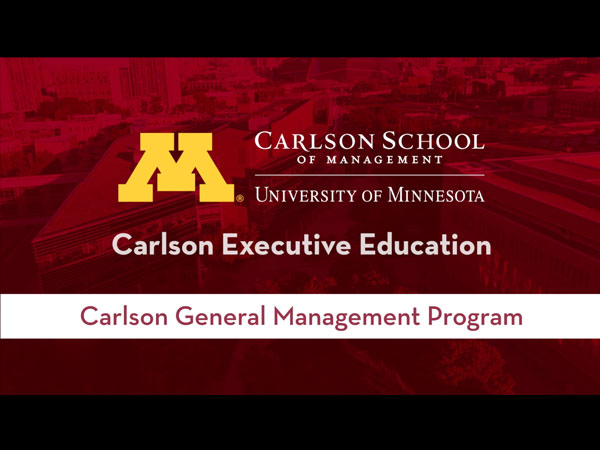
Executive Education

NeuroPRSMH
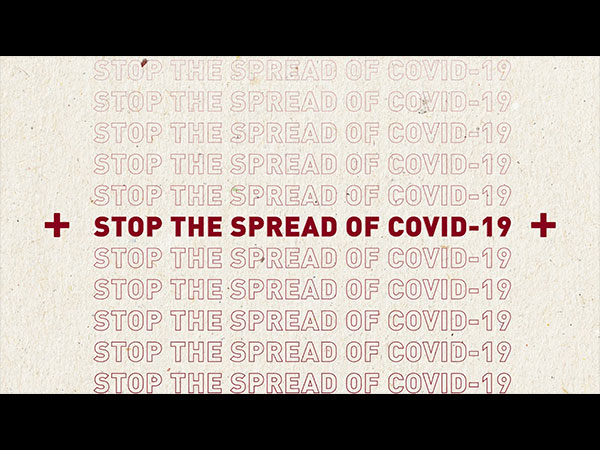
Should I Be Tested?

Folwell Web Theme

Pharmacogenomics
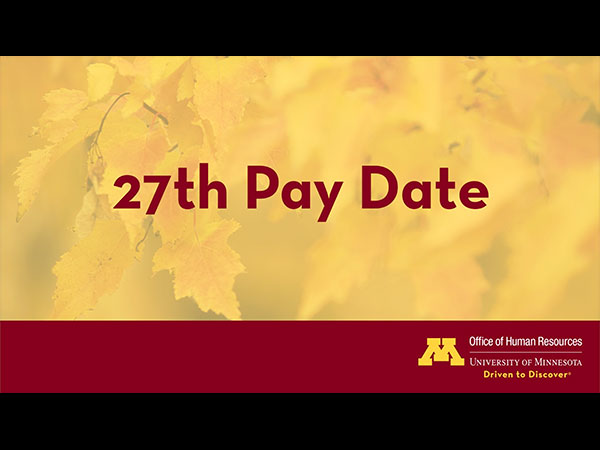
27th Pay Date
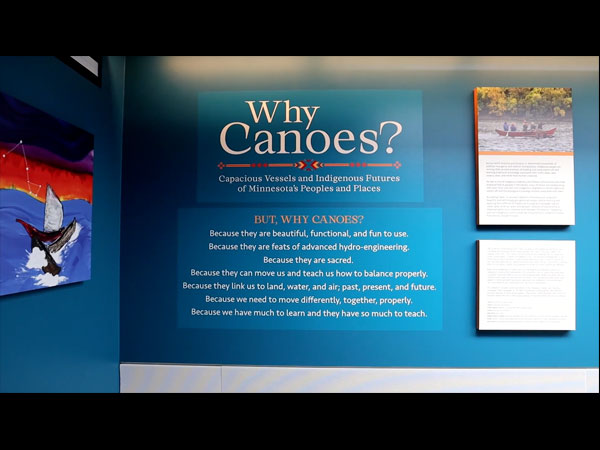
Why Canoes
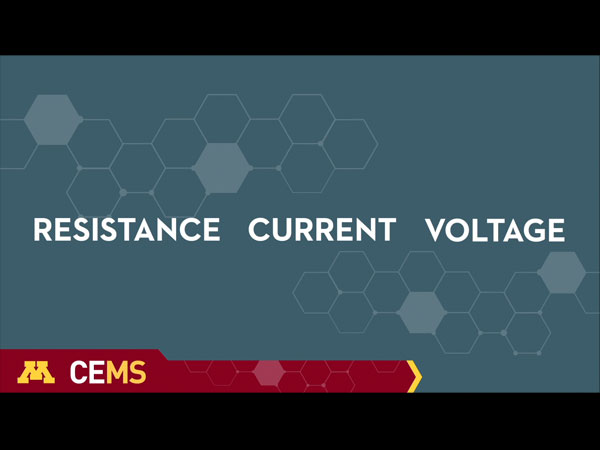
Multimiter
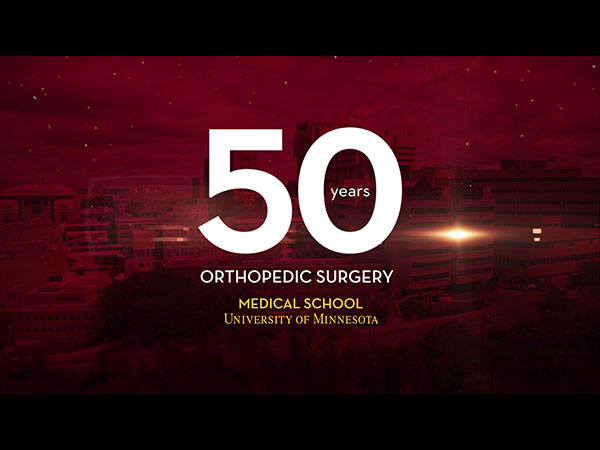
50th Anniversary

CCAPS
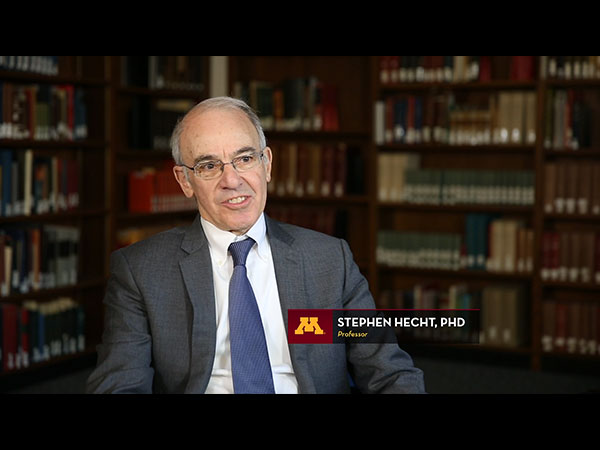
Legends of Pathology
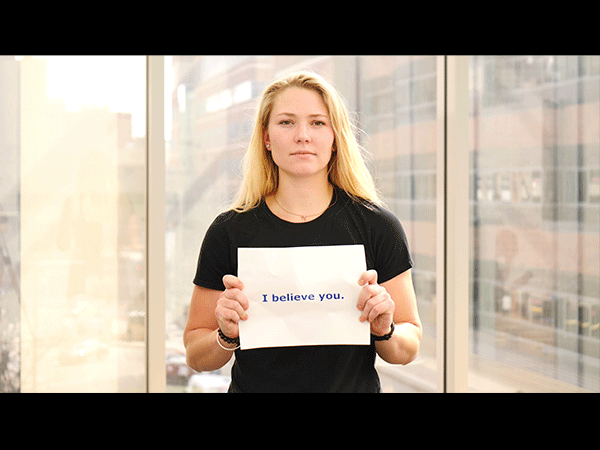
It Ends Here

Law School
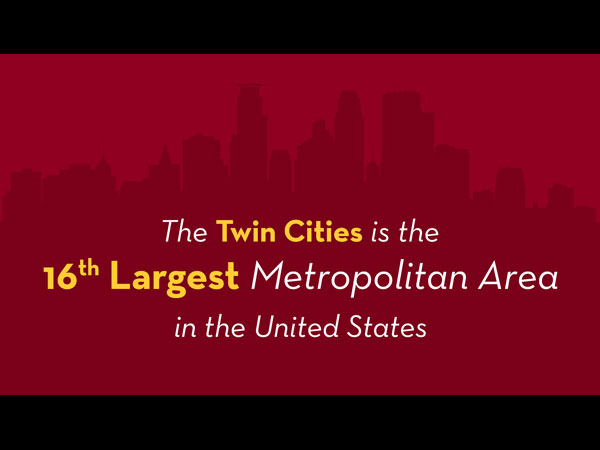
Why Minnesota
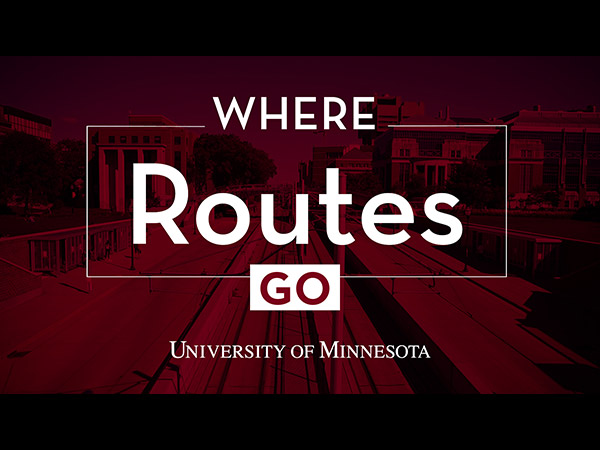
Shuttle Videos

CDE Teaser Video

CDE Video Opener
Connect with us to learn more about our services and how video can enhance your organization’s message.